The Tri-city of Warangal-Hanamkonda-Kazipet is known for history of Kakatiyas and Telugu culture.
The fort is spread across an area of 19 Km between Warangal and Hanamkonda. The fort is more than 750 years old and comes under the list of Monuments of National Importance by The Archeological Survey of India. Rani Rudramadevi, daughter of ganapatideva was queen for kakatiya dynasty to spearhead this cultural heritage
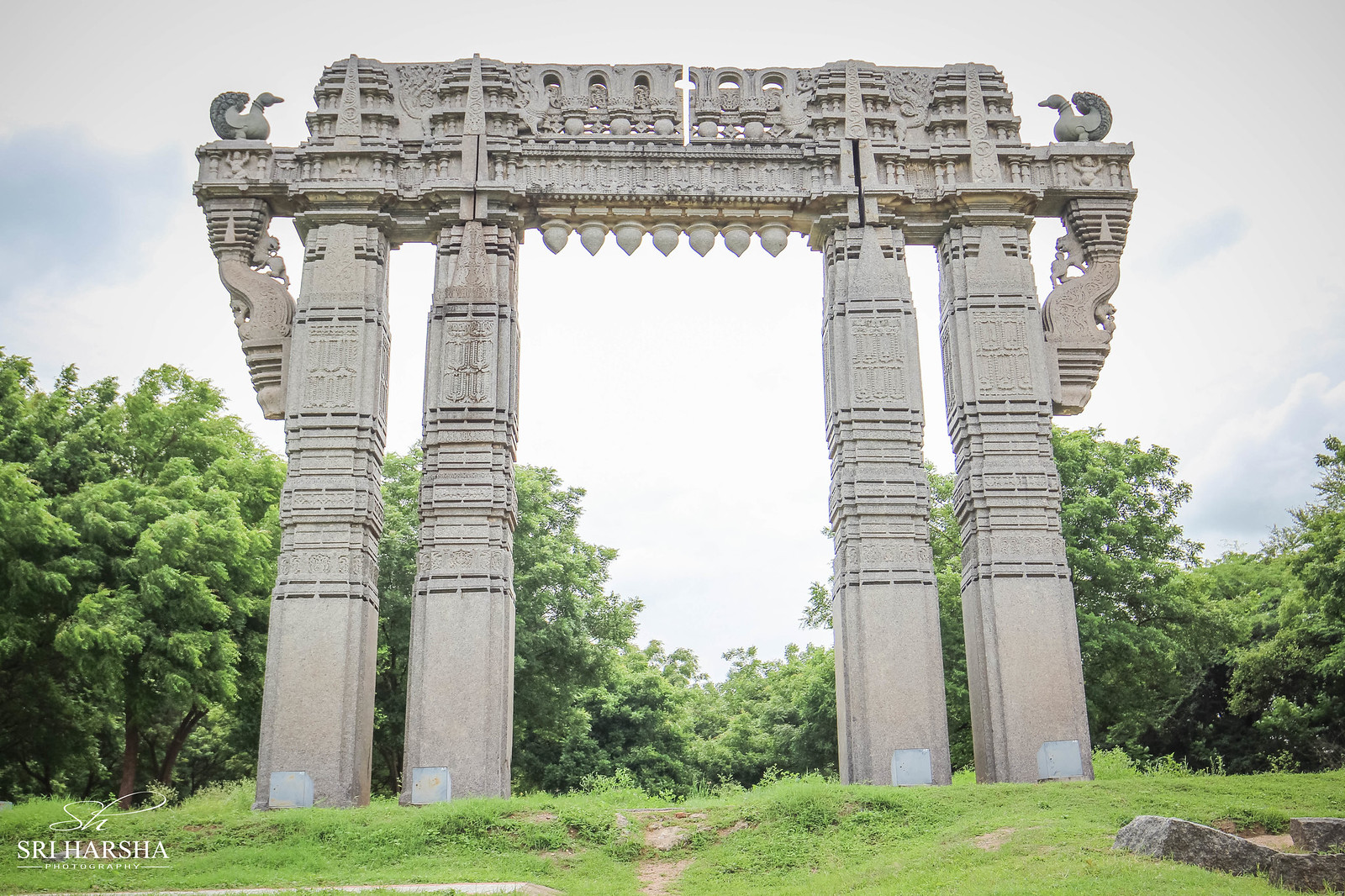
The fort was built in Kakatiya Dynasty and is in ruins today, but still a lot of travelers visit Warangal to get their eye on this marvelous beauty of ancient time.
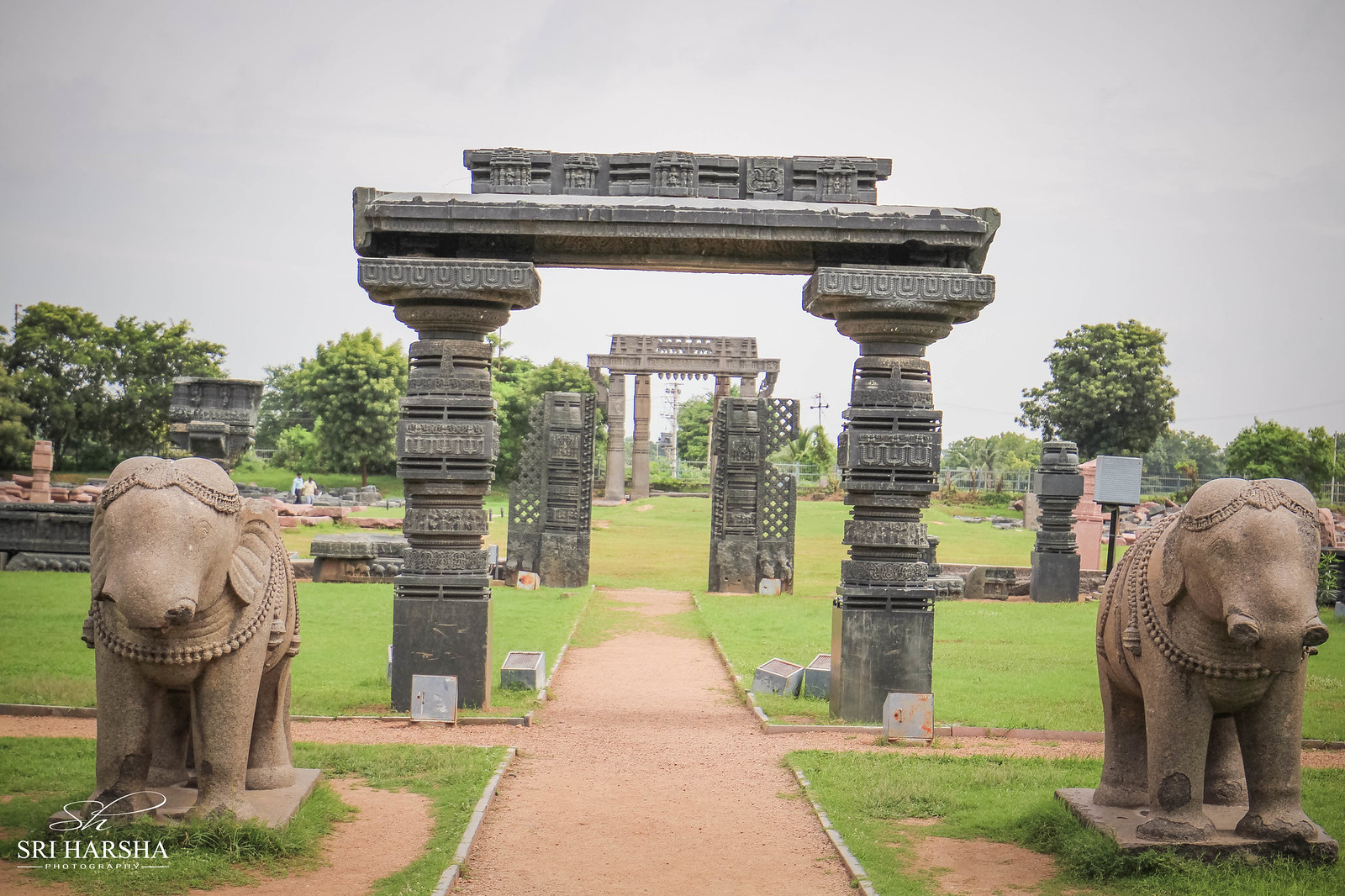
There is temple inside the fort, where presiding deity is the Mother Earth, Swayambhudevi. In addition to this it has 45 towers each intricately carved and a symbol of the architectural glory that was reinstated by the Kakatiyas in the Telangana area.
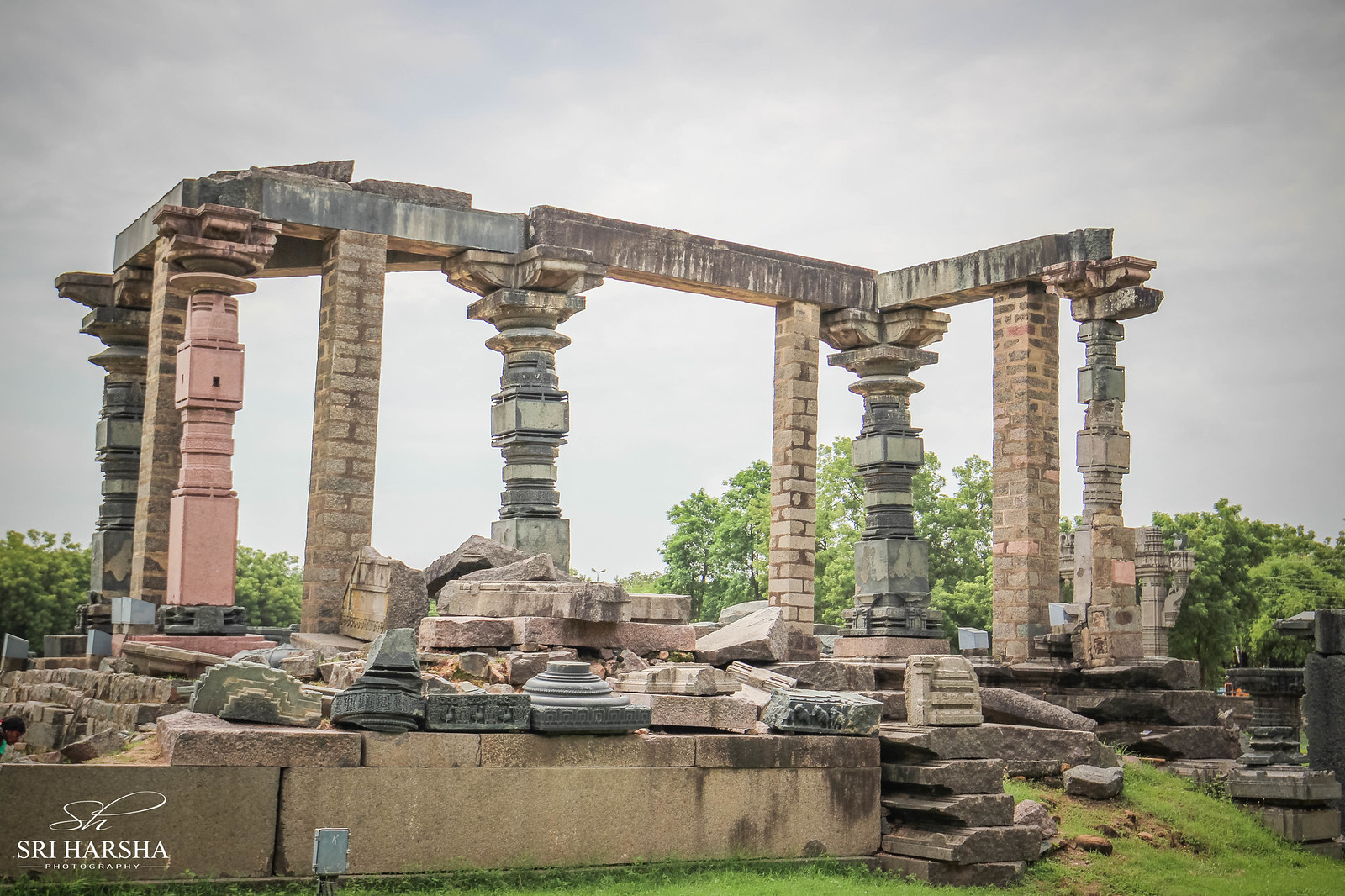
There is no fort structure as such, except for a few ruins that have been reassembled.
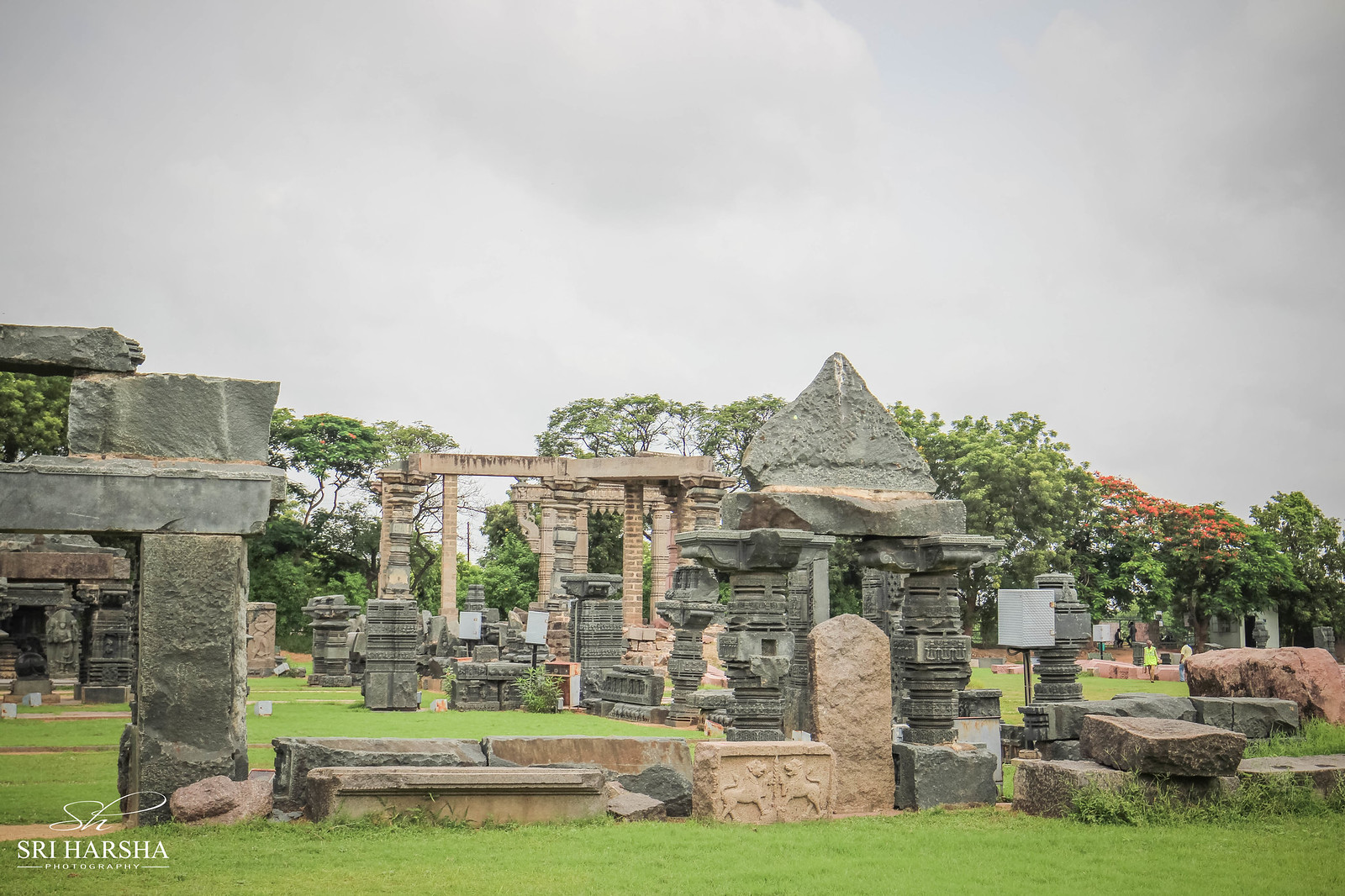

One can find carvings of women in different bhangimas carved all over the pillars.
There are 4 Keerthi Thoranams (also called as Hamsa Thoranas) facing 4 directions in this Fort. Each Thorana is made with one stone and all are similar.

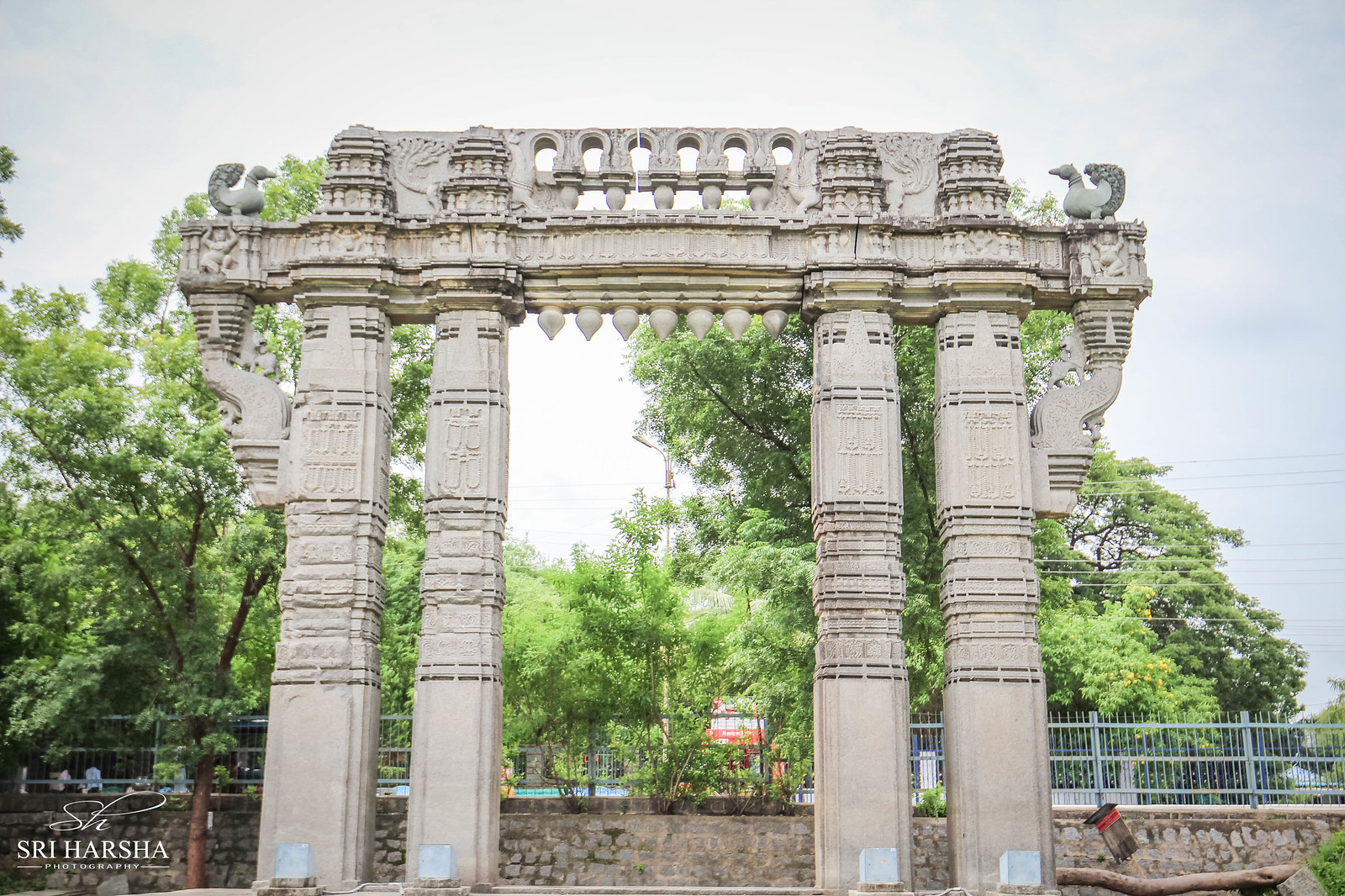
Swayambhu Temple:
At the centre of Warangal Fort is an archaeological zone containing an enclosure with the excavated ruins of a Siva Temple, demolished probably by invading armies from Delhi. These fragments, arranged in a large field, are from granite pillars, ceilings, and brackets, part of what must have been a monumental temple and sub-shrines. There are multisection mandapa pillars and a sanctuary entrance frame with intricately carved capital and Siva dvarpalaka.
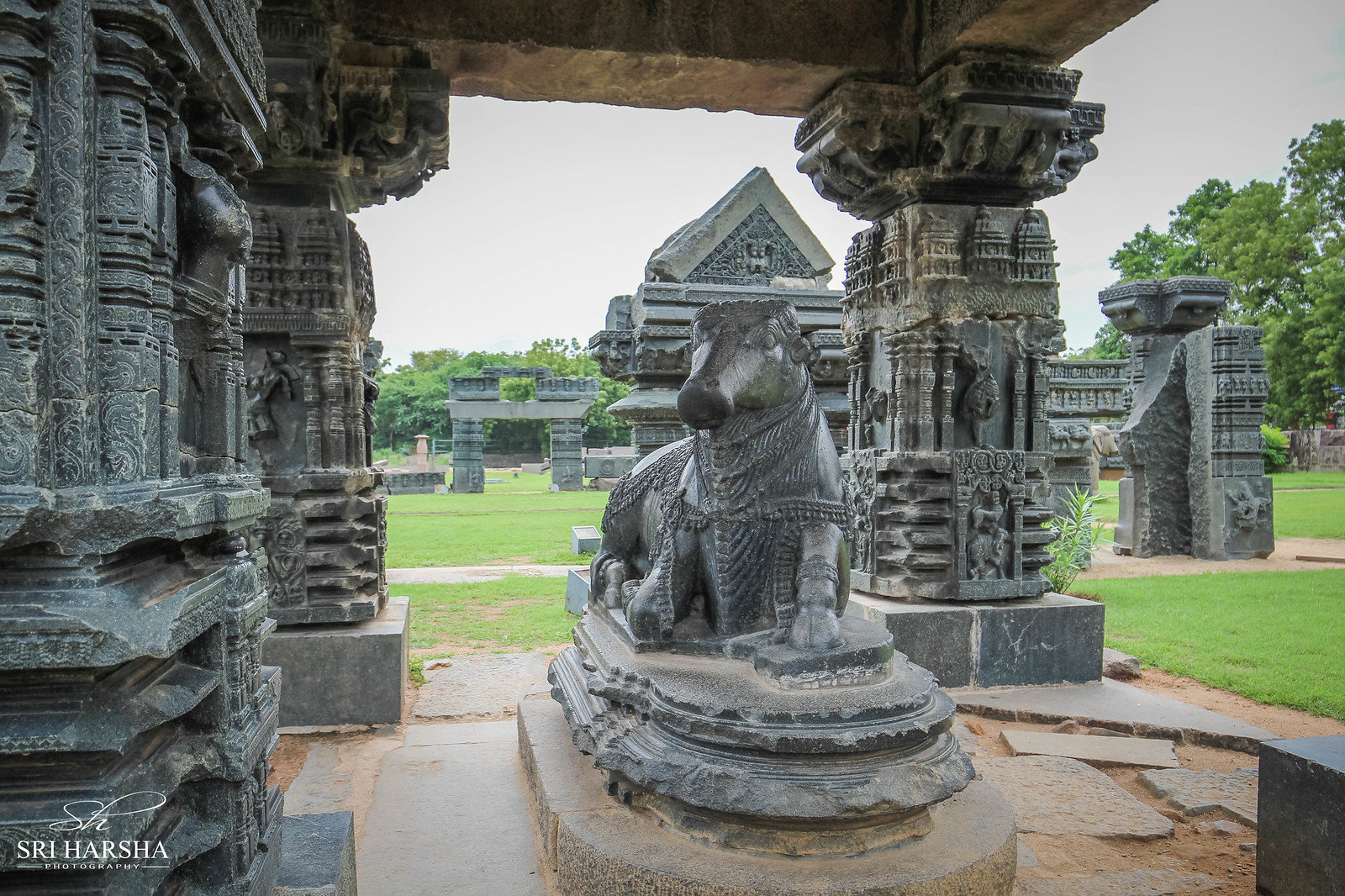

Ganesha Shrine:
To the right of the reconstructed linga shrine, another set of unearthed fragments are formally arranged as a Ganesa temple.
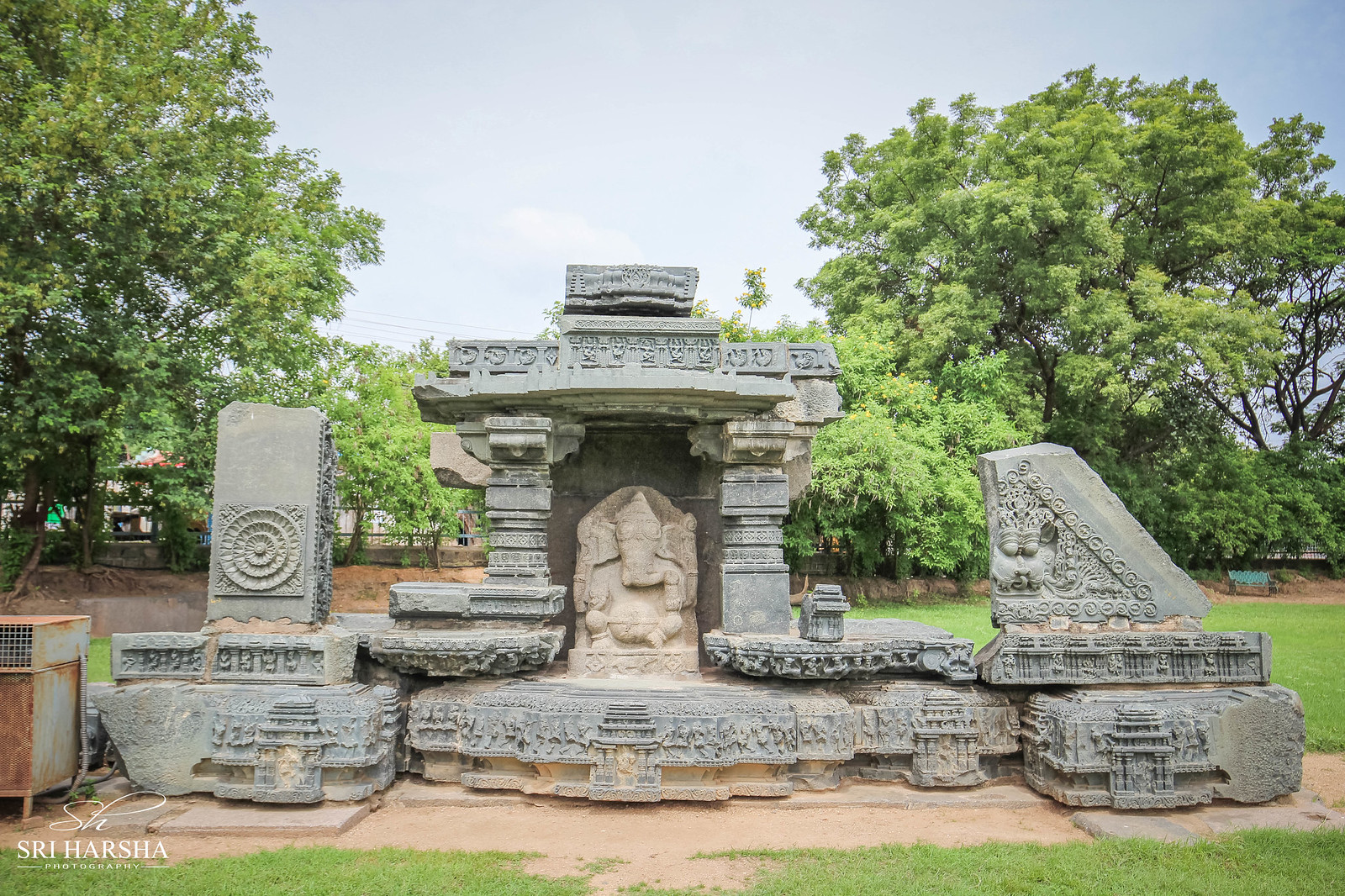
To its right is an immense but broken ceiling panel containing a krittimukha framed by dense foliage and creeper circles.
Linga Shrine
Unearthed blocks have been arranged to represent the layout of the original temple. At the west of the enclosure is this Linga shrine guarded by slabs with dvarpalakas carved in relief. They wear conical headgear, hold the trishul, damaru or sarpa and are flanked by diminutive attendants. The shrine is sheltered by a block that has a panel of thick creeper circles containing hamsa and other animals, held up by large mandapa columns.
The linga is placed on a platform whose moulded base has a continuous procession of hamsas. Above this is a row of yalis and finally a row of lotuses and swans
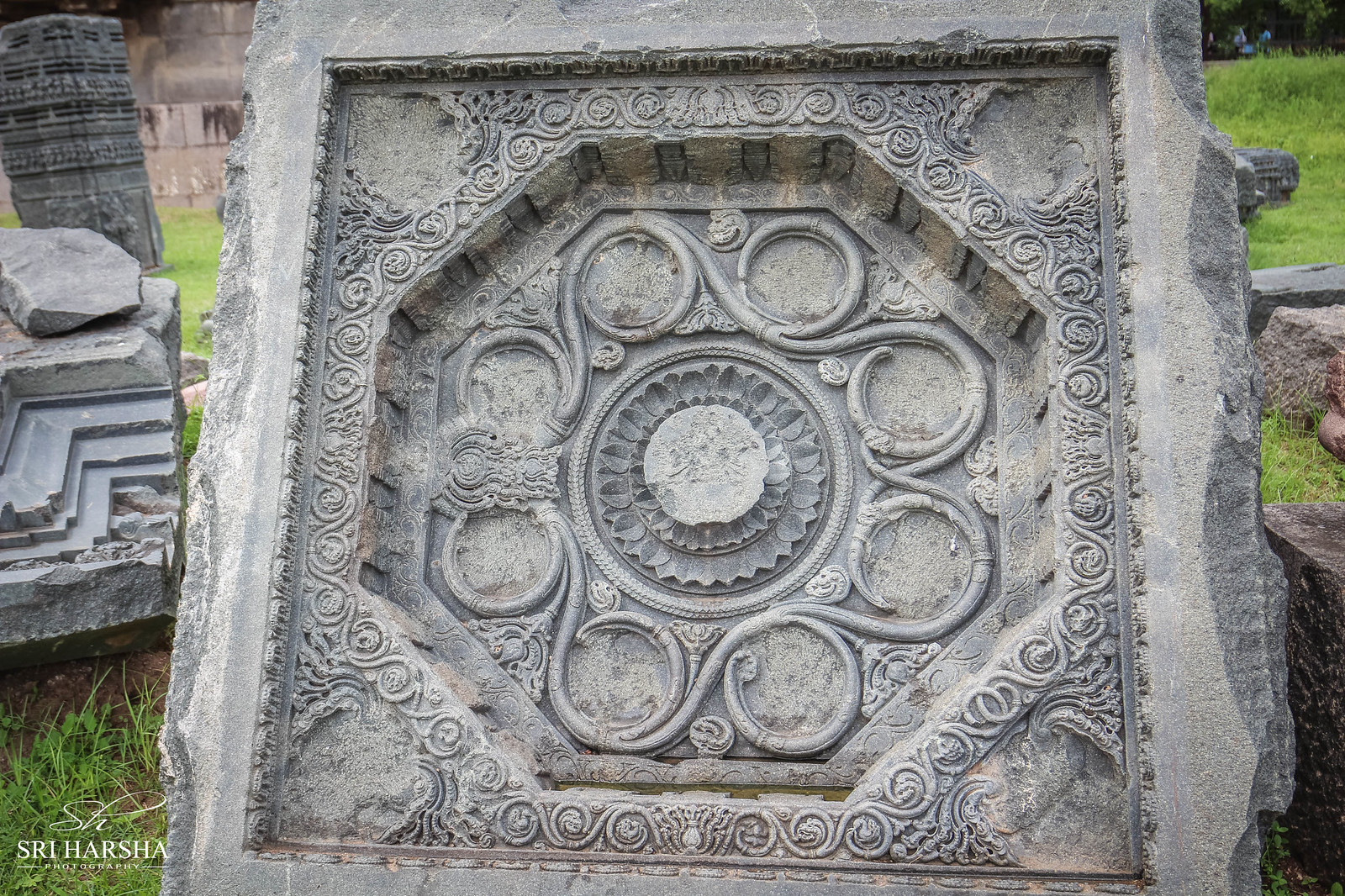
Fort has two high points which offer panoramic view of fort along with city. One is through roof top of kush-mahal and the other is from fort apex.


While the view from kush mahal roof gives a clear view of boundaries and surrounding hills, the other point has a lake beside fort hill and gives a picturesque view along with serenity inviting air-borne beings to add to this beauty.
Fort has long history of people inhabited & set their homes inside.
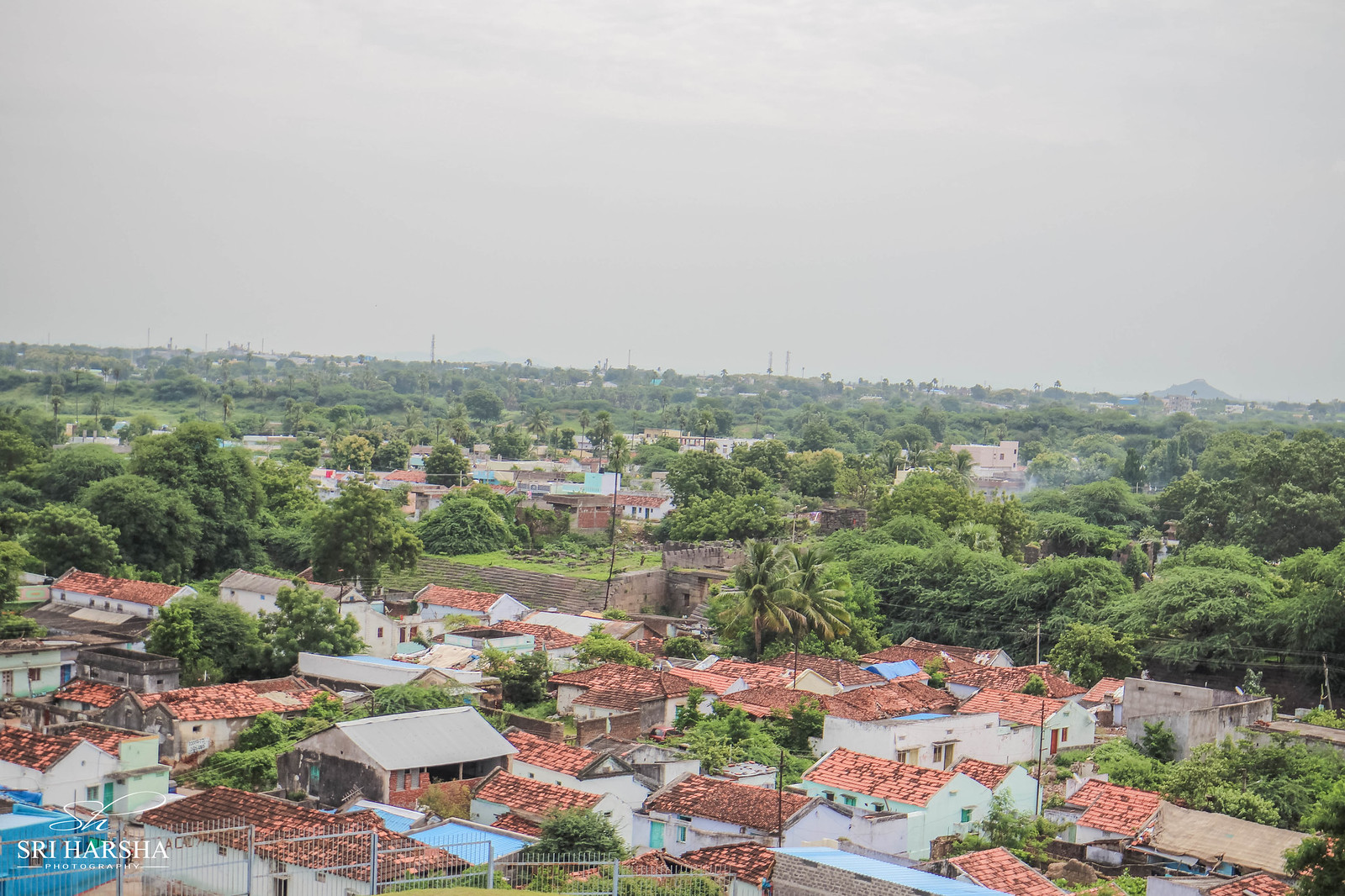
Kakatiya History
They ruled the Deccan for more than 200 years between 1080 and 1300 AD, their capital city was called Ekasila Nagaram or Orugallu. The story behind the name says the entire city was carved out of a single massive boulder and hence the name Ekasila Nagaram or Orugallu or the One Rock City (this one makes it sound super cool, doesn’t it?), Orugallu later became Warangal. Under the Kakatiya rulers, famous among them being Prataparudra, Ganapati Deva (after whom Ghanpur is named) and the legendary queen Rudrama Devi, the entire Deccan region was at the peak of prosperity, the Telugu language and literature made huge strides, through the works of great poets like Bammera Pothana who lived during this period and composed Andhra Maha Bhagavatham, art and architecture flourished as is evident even today through amazing temples like the Ramappa Temple. Hyderabad’s landmark Golconda Fort was originally built by the Kakatiyas. The Kohinoor diamond was unearthed during the Kakatiya rule, which was taken by the invading Delhi Sultans when the dynasty perished, the rest of the story of Kohinoor diamond, as they say, is history ! Kakatiya Dynasty is probably the only full-fledged Telugu dynasty in the history
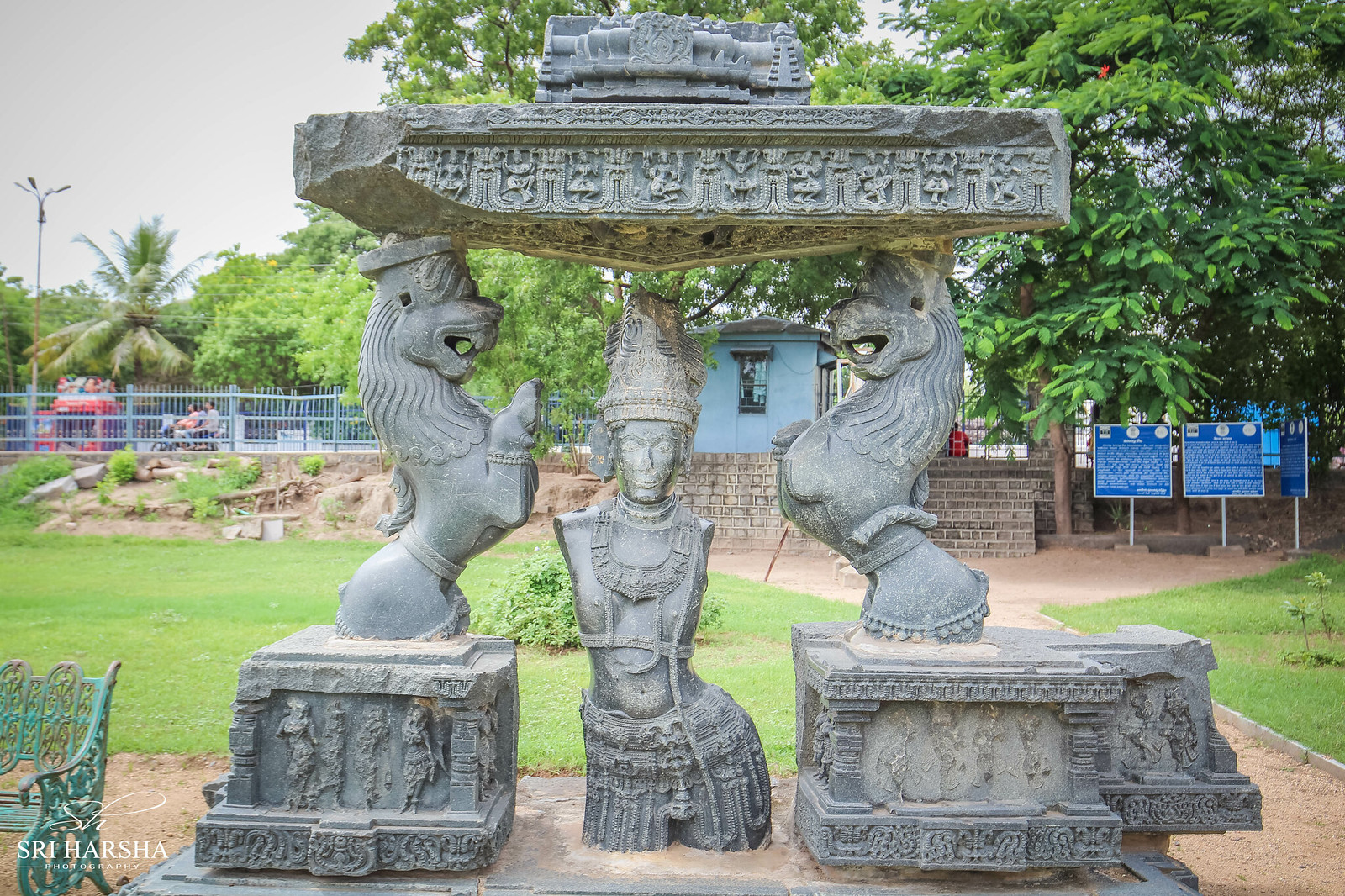
History of Warangal
Fort Karkatiya Dynasty made Warangal their capital during their rule from 12th to the 14th centuries. The fort was built in that era by Karkatiyan rulers. As per the history, the fort dates back all the way to 13th century. The construction started in 1199 A. D. during Ganapathi Deva and finished in 1261 A. D. in the period of Rani Rudramadevi, daughter of Ganapathi Deva. The temple was demolished by the early Qutub Shahi kings. Some modifications were done in the fort between 15th and 17th centuries consisting of the creation of gates in the outer earthen wall and the addition of barbicans to the four gates in the stone wall.
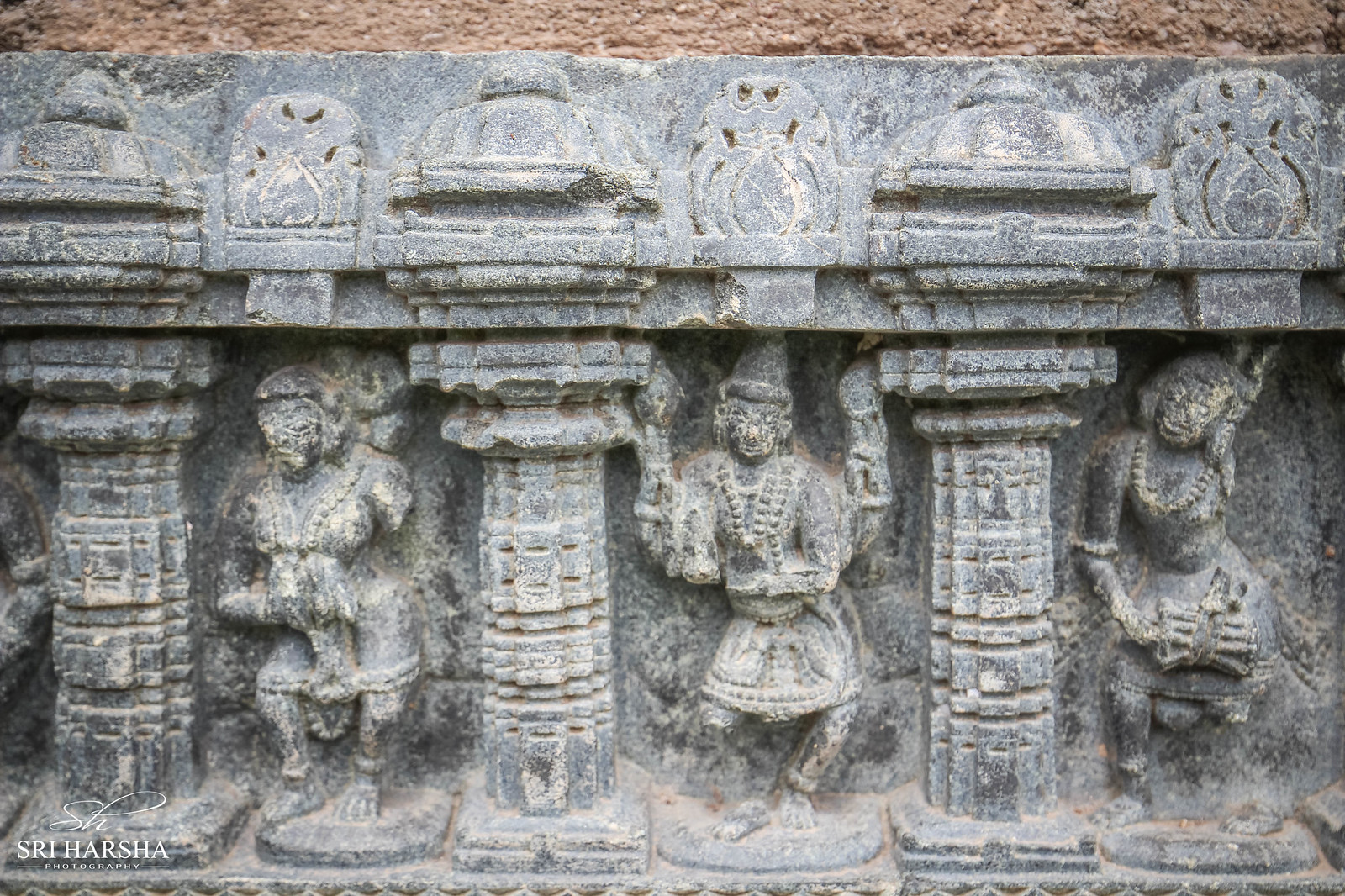
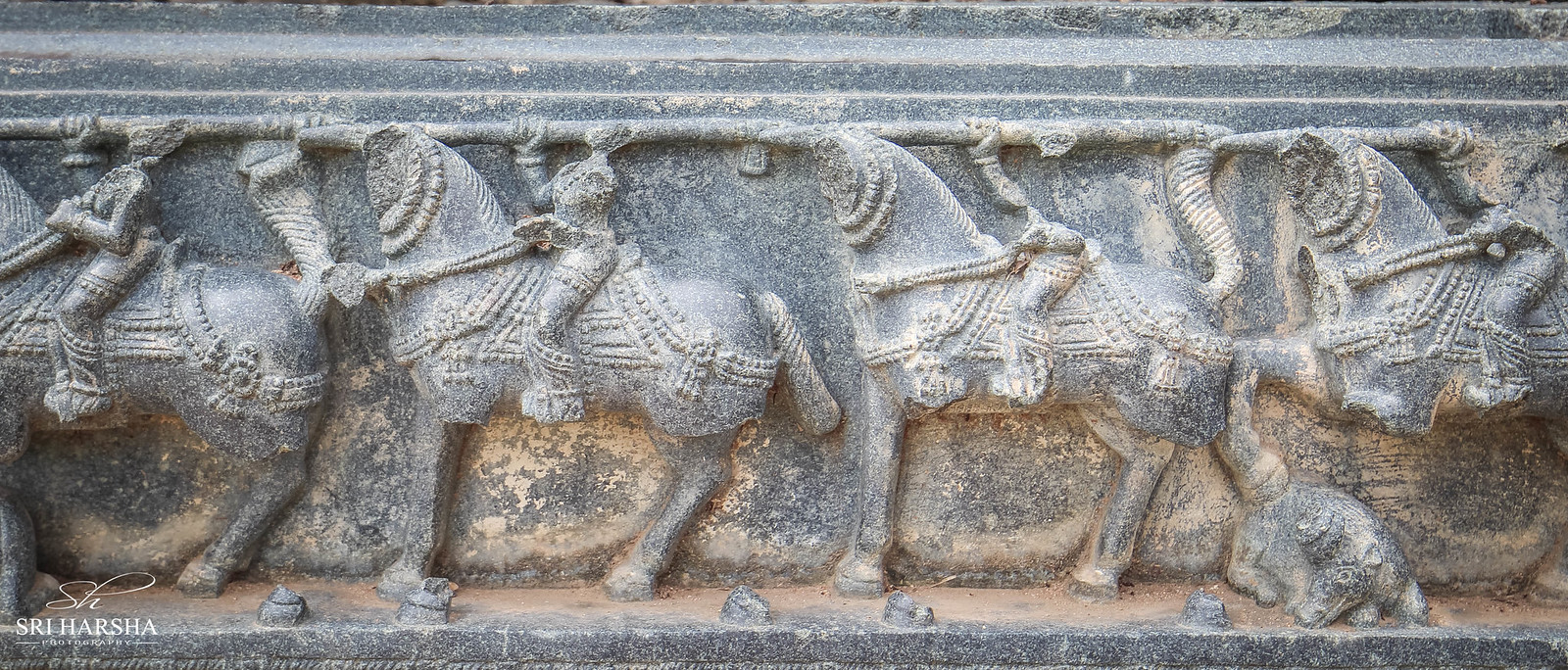
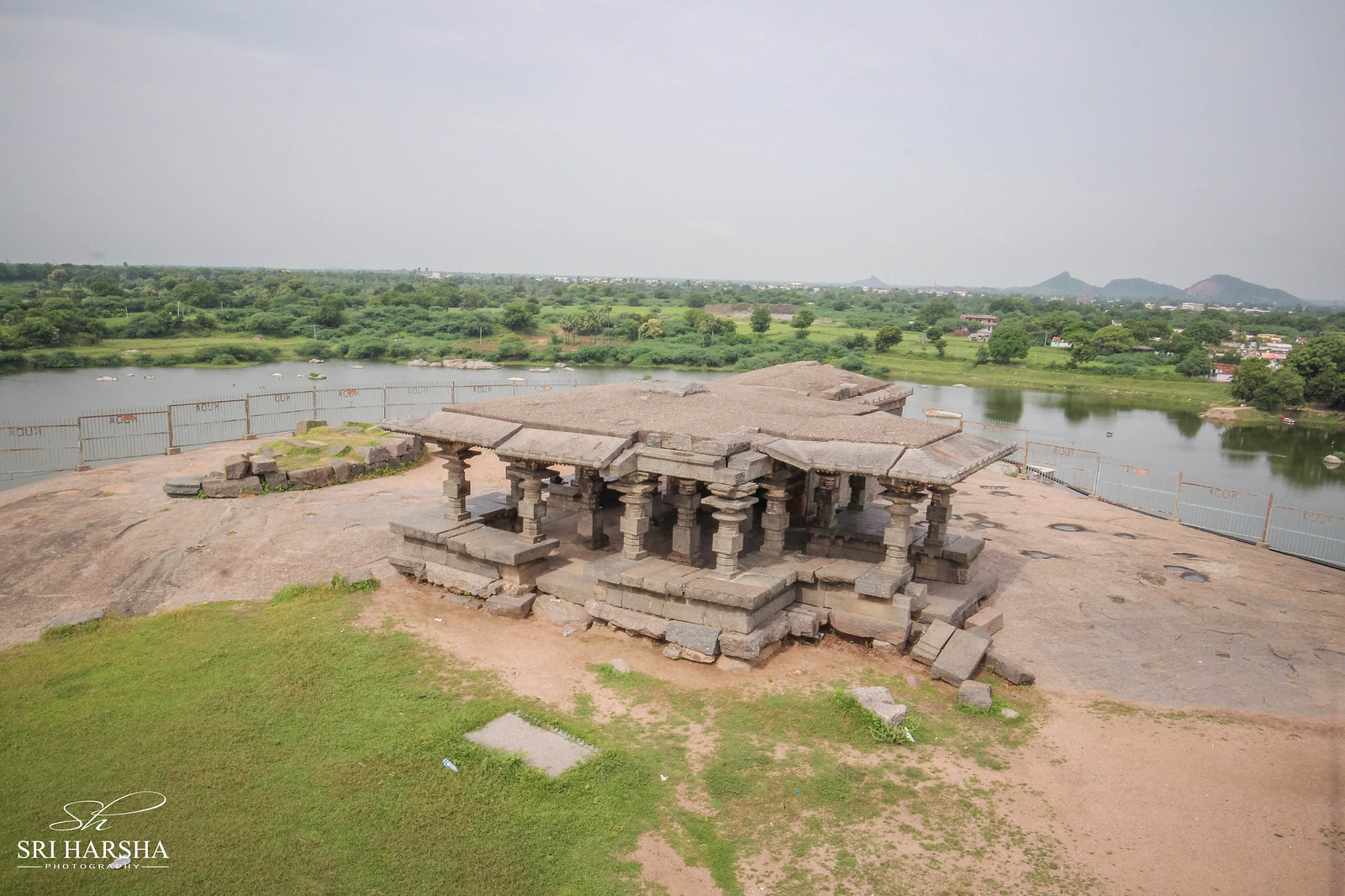 There are Thorean pillars and arches built in the fort and spread across a radius of about 19 km between Hanamkonda and Warangal.
There are Thorean pillars and arches built in the fort and spread across a radius of about 19 km between Hanamkonda and Warangal.
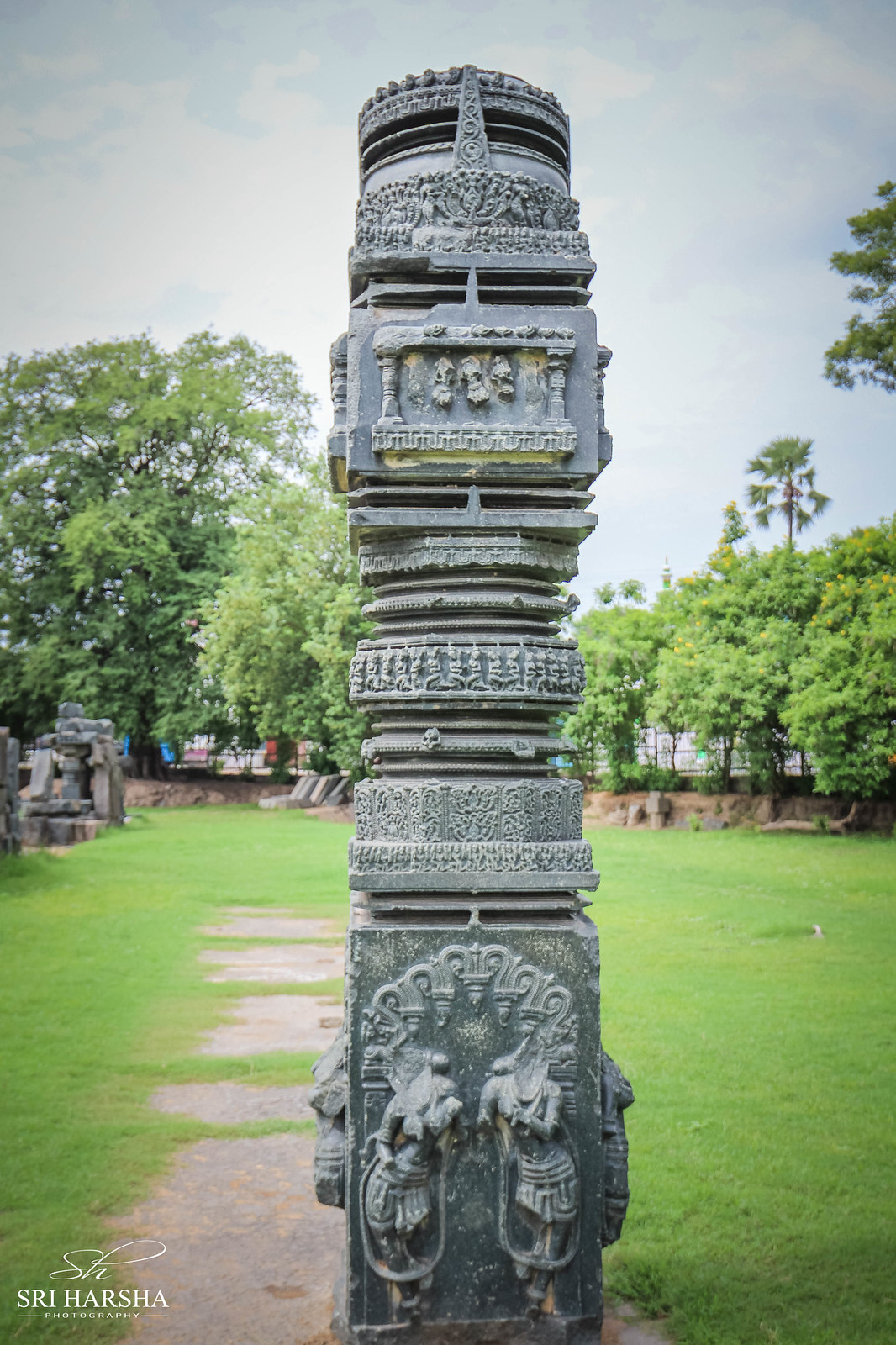
Waranagal fort was built with three protective layers, which indicates the high standards of security to guard the inner precinct of the fort. Although the fort is in ruined condition today, but the ruins consist of designs delineating animals like lions and swans, motifs and delicate sculpture and stone work.
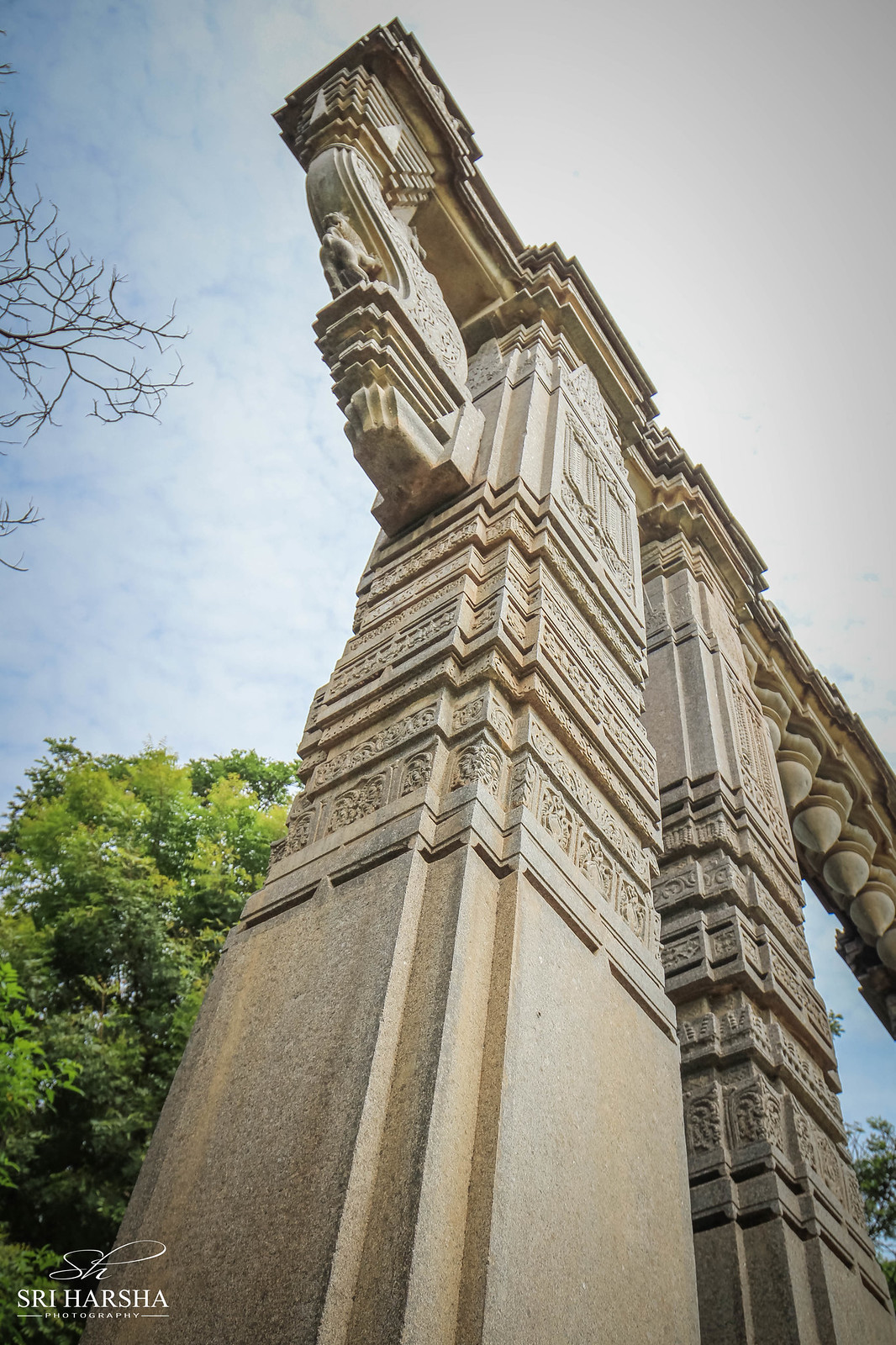
Khush Mahal:
This structure is said to be built over the site of a Kakatiya palace. May have been used as an audience hall by Shitab Khan, the 16th century Qutb Shahi governor of Warangal.

More photos of the Fort here
Warangal Fort Timings: Daily 10 am to 6:00 pm – Open on all days
Warangal Fort Entry Fee: ₹15 , Camera – ₹15
How to reach
If you liked this post also read about the Thousand Pillar temple
1 Comments Add yours